TECH VISIONARY MARY MEEKER ‘SEIZE’ THE FUTURE OF AI — DROPS 340-PAGE TOME — RETAIL FUTURES 2035
Mary Meeker sees the Future, and it’s all about AI. Implications for the Retail Industry. Artificial General Intelligence Preview.
Trends in Artificial Intelligence
Mary Meeker, a general partner at BOND, a San Francisco based venture capital firm, and renowned analyst and investor known for her internet forecasts, has published a mammoth 340-page report on AI trends. The report is entitled: 2025 Technology as Innovation (TAI).
The presentation explores the exponential scale and growth of the GPU, the meteoric, unprecedented rise of ChatGPT, recent advances on the Turing test, emerging use cases, and provides a wealth of insight — and foresight — across the tome.
ChatGPT hit 800 million weekly active users in just 17 months.
In under two years, ChatGPT accumulated about 365 billion annual searches; this volume took Google eleven years to achieve.
In just a handful of years, AI has become exponentially more ubiquitous, and useful. It even makes realistic looking videos (movies) now.
Follows are the Top Ten Things AI Will Likely Do in Ten Years, Per ChatGPT, from the Meeker deck.
Below her slide, I’ve mapped each of the points to possible retail futures. This is my viewpoint, if you have feedback, I welcome those in the comments. I cover the first half of the list here. The second half will be covered in the next issue.
Some of the capabilities are already in motion today, and will become more AI-centric (or autonomous) with less human involvement, over time.
I took a bit of liberty on some of the points. For example, ‘conduct scientific research’ in a retail setting may involve research, and not necessarily be scientific, per se.
Top Ten Things — AI in 2035
Artificial General Intelligence — AGI
“We don’t know how capable AI will become, but extrapolating the recent rate of progress suggests that, by 2028, we could reach AI models with beyond-human reasoning abilities, expert-level knowledge in every domain, and that can autonomously complete multi-week projects, and progress would likely continue from there.” — Benjamin Todd, 80,000 Hours
AI in 2035 — and Retail Futures
1. Conduct scientific research
Related retail futures in this area include AI-generated trend forecasting, market segmentation (one-to-one), and consumer behavior simulations. Segments impacted include fashion and consumer brands (all sub-segments, really).
Retailers and brands will use AI for merchant planning processes and to forecast fashion trends or sustainability impacts using real-time and/or fine-grained data sets and models.
Finely-tuned weather (and other) models will help retailers and brands forecast better.
Sustainability is important to Gen Z — and will be for Gen Alpha — better provenance tracking — diamonds, apparel, produce, etc. — that is more visible and accessible to customers. Know exactly where your coffee and chocolate (and those mangoes) are coming from!
2. Design advanced technologies
AI designs new product materials (e.g., eco-fabrics), smart packaging, product formulations, such as cosmetics, nutraceuticals, food, or IoT devices. Design and industrial engineers, and the related scientists, may only be involved for oversight.
Segments impacted include: consumer brands; retailers; and eCommerce companies (and the environment). Processes involved include: in-store technologies; loss prevention; and supply chain; among other areas.
More cashier-less stores based on computer vision technologies — ‘git it and go.
3. Simulate human-like minds
AI-powered sales agents and stylists closely mimic human behavior and offer 24/7 personalized experiences.
The salesperson with the little black (virtual) book at Neiman Marcus, now Saks, is now a bot. Humans ‘hire’ AI agents to do the shopping for them (agentic) and the practice becomes more expansive and commonplace.
Virtual store assistants (GenAI concierges) become plentiful, and the emotional intelligence (EQ) of chatbots becomes more and more human-like; most segments are impacted.
AI support agents do most of the heavy lifting for pre- and post-sales support, upselling, included.
I buy Chanel makeup and occasionally need to call-in before I make a purchase with a question on a product I’m considering; these calls would be considered high-touch.
The agents are all currently human (no bot options), and they are excellent. In the future, many of these roles (luxury or not) may be done by bots.
4. Operate autonomously
End-to-end demand forecasting, procurement, and logistics planning are handled by autonomous AI agents.
Multi-agent systems work across these and other business process areas, with agents interacting to complete tasks. The customer sees a singular, seamless experience.
Real-time pricing decisions are made by AI, based on inventory, market trends, and competitor data. Humans provide oversight.
One-to-one pricing becomes more commonplace.
SKU-level optimization is performed without planners. AI sets forecasts, replenishment and markdowns; such systems also adjust store layouts and planograms, merchandising and staffing based on footfall and local demand, in real-time.
5. Perform complex physical tasks
AI-directs humanoid robots in warehouses, stores have restocking bots (think Walmart or Kroger where this could be crucial), and more and more delivery vehicles run autonomously.
Drones, sidewalk bots, or autonomous trucks with humanoid robots — like in Amazon Humanoid Park — deliver goods, with AI handling navigation, complex routing and customer updates.
Drone delivery at scale — with some deployments happening today.
Robots roam stores and help customers find products, answer questions, or upsell.
The Lowe’s by my house is cavernous, and I can never find someone to help me there, nor can I ever find what I need. I would love to have a robot help me.
AI bots identify out-of-stock items, retrieve from back stock, and restock with real-time shelf vision. More shelves have digitized pricing that can change on the fly. Checkout is done by robotic systems and processes (see the ‘git it and go’ section). Impacts big box, general merchandise and grocery.
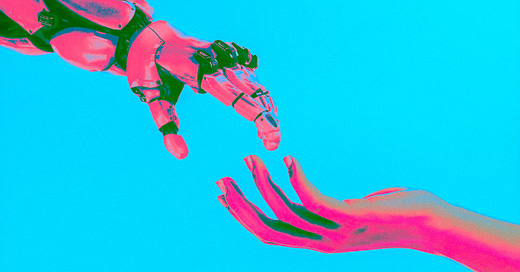



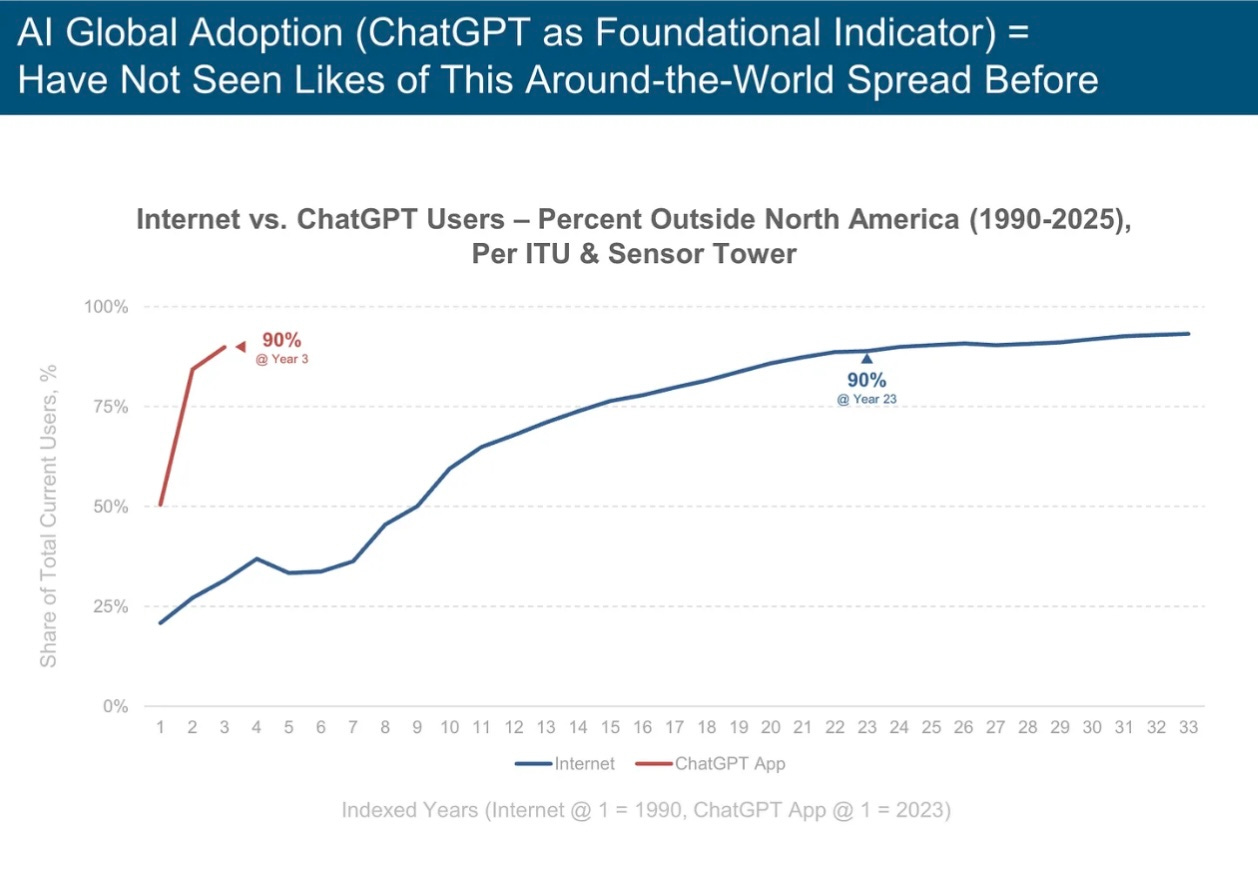

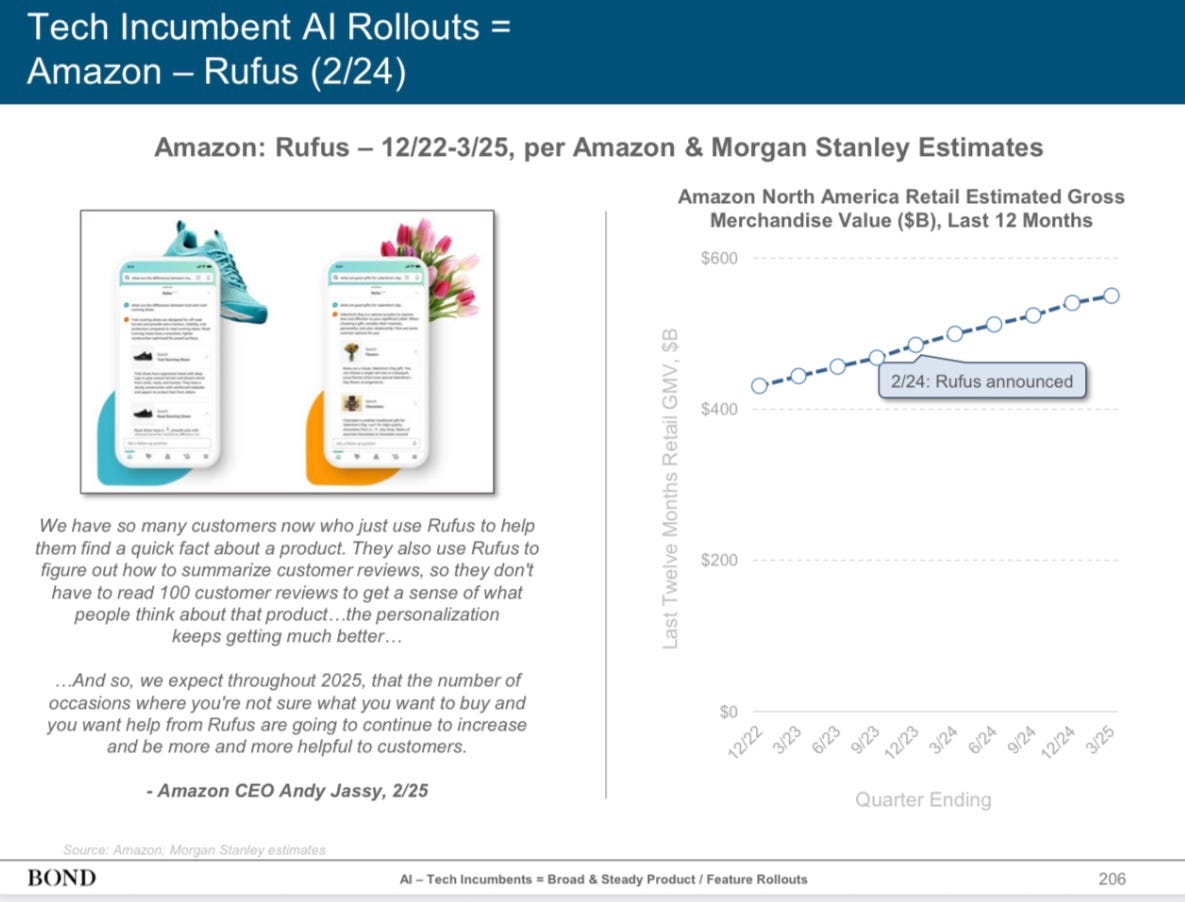
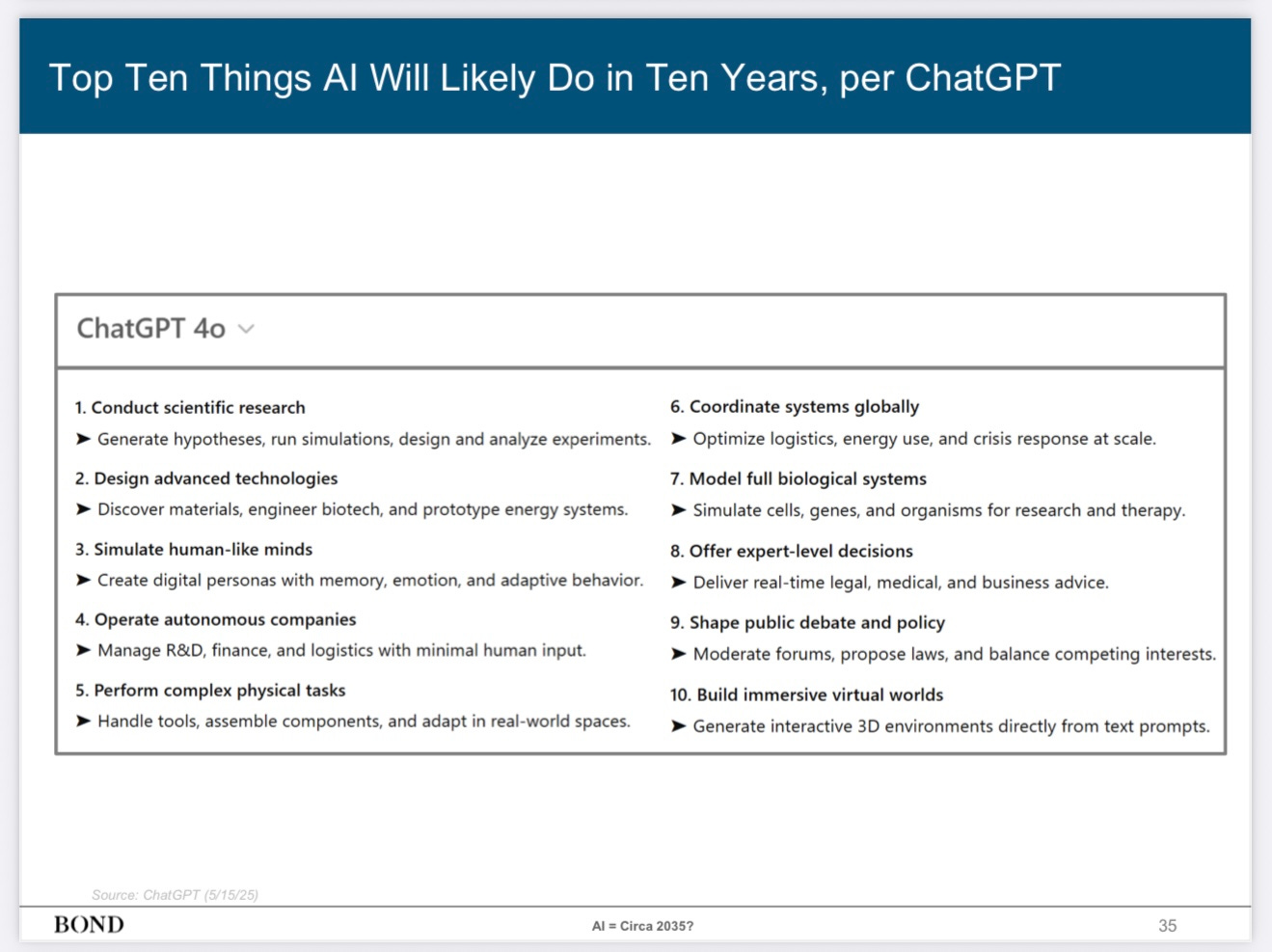

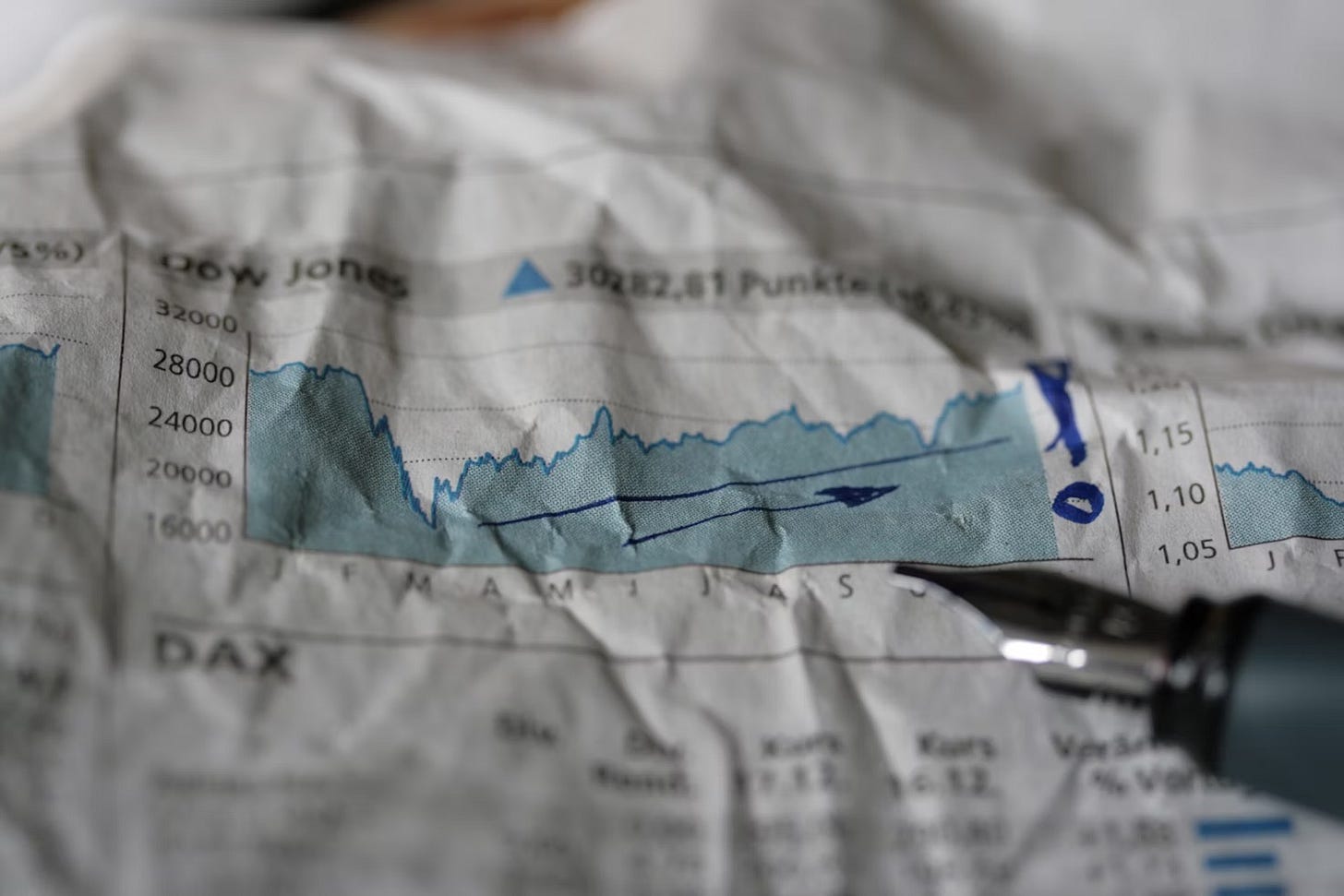

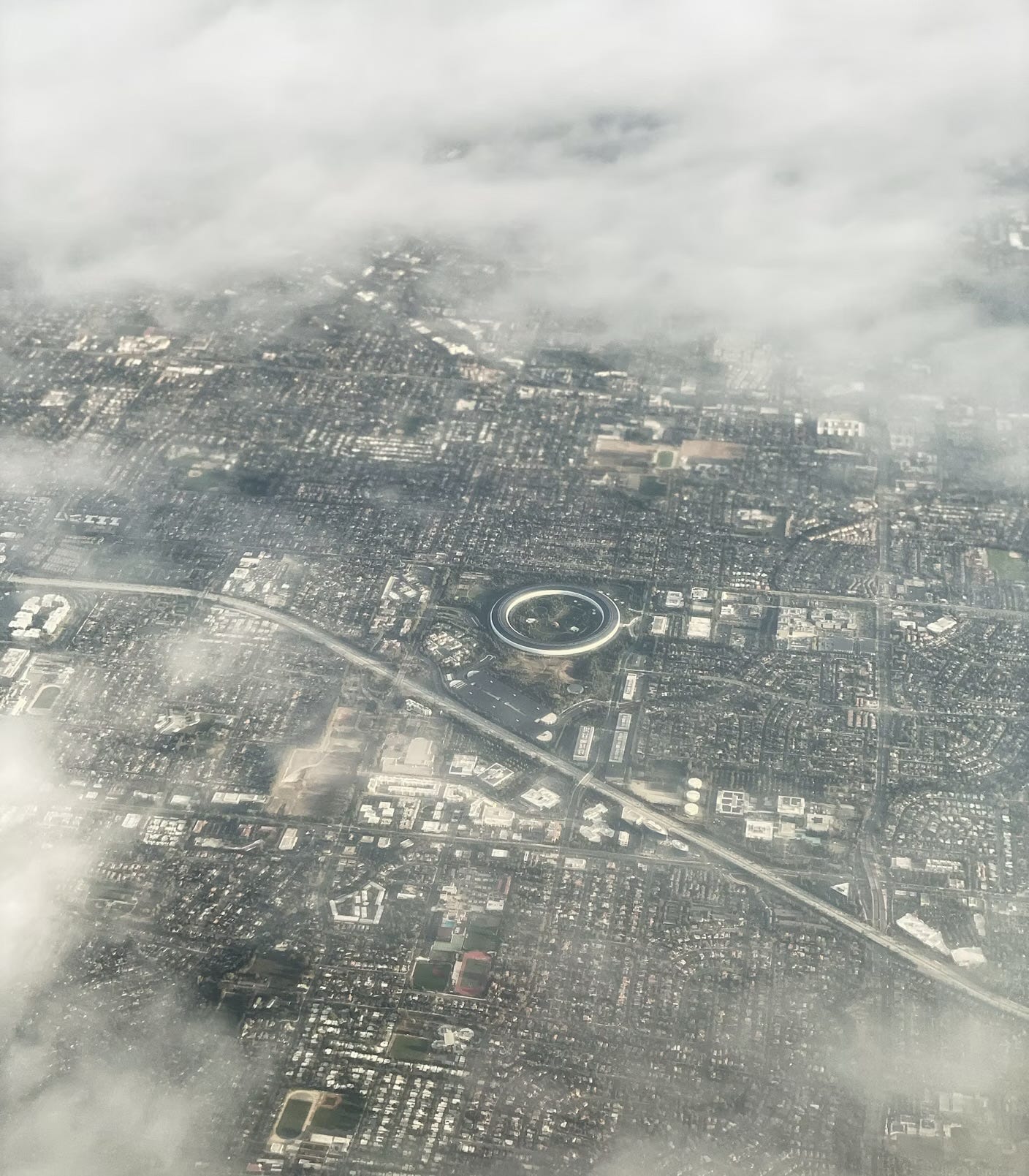
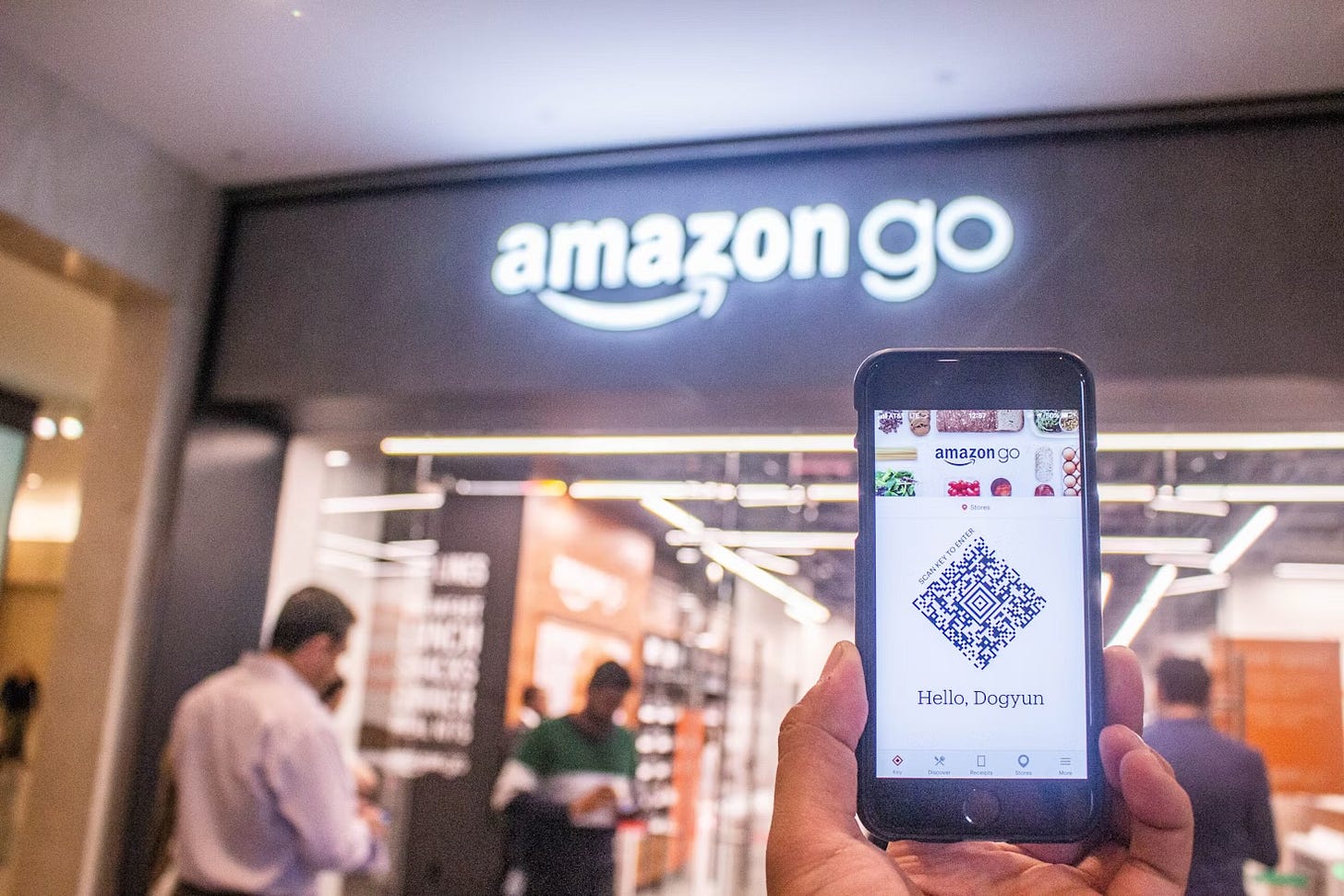

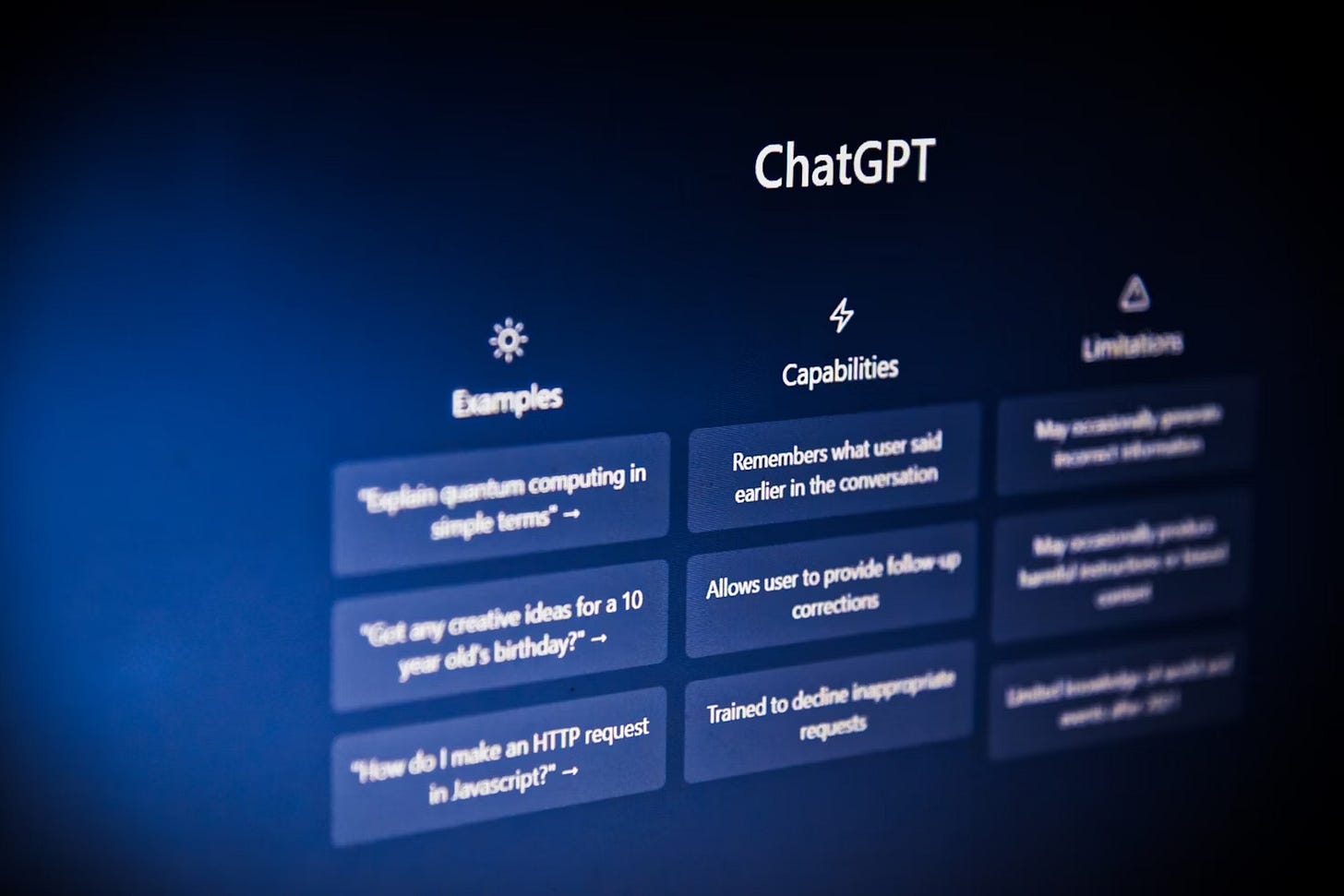
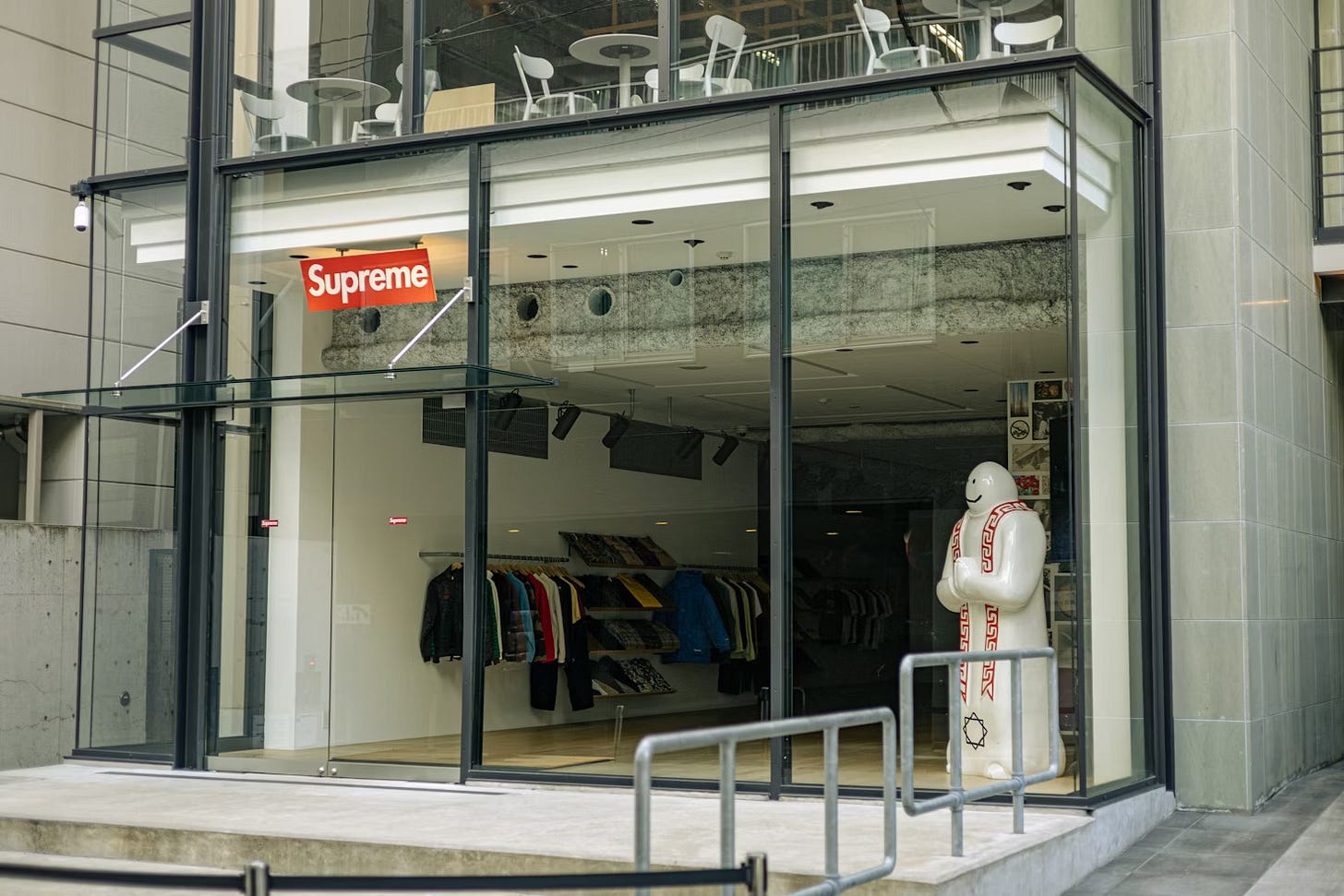
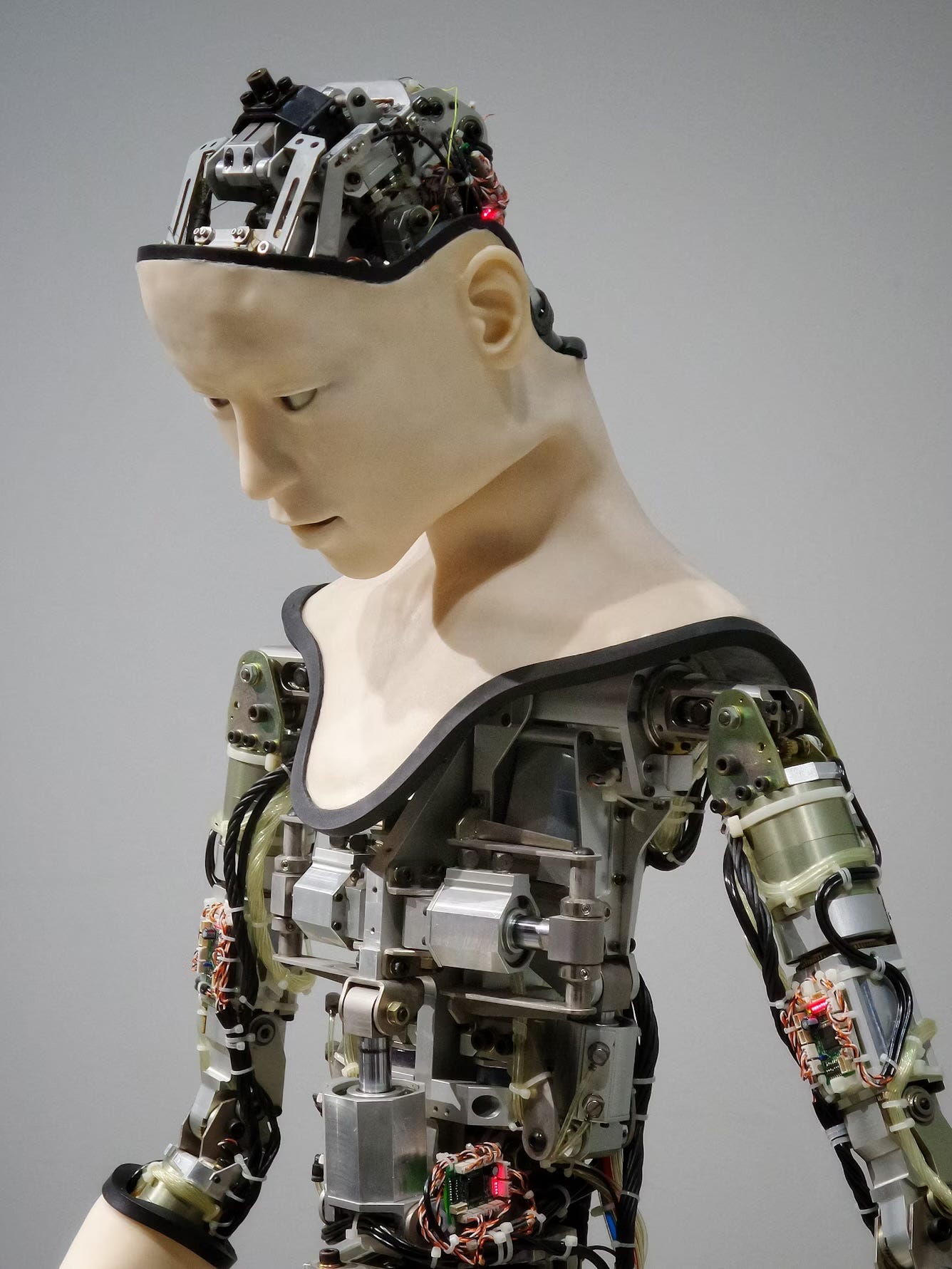
One of the most exciting potential I see in the retail space is the retail corollary to modeling complex biological systems. While not biological, the retail supply chain and the demand forecast for products are two systems that are so complex they could almost be considered biological in their behavior. Advances in AI and ML to support biological system modeling should apply to retail, even though on the surface it may not seem like a direct line.